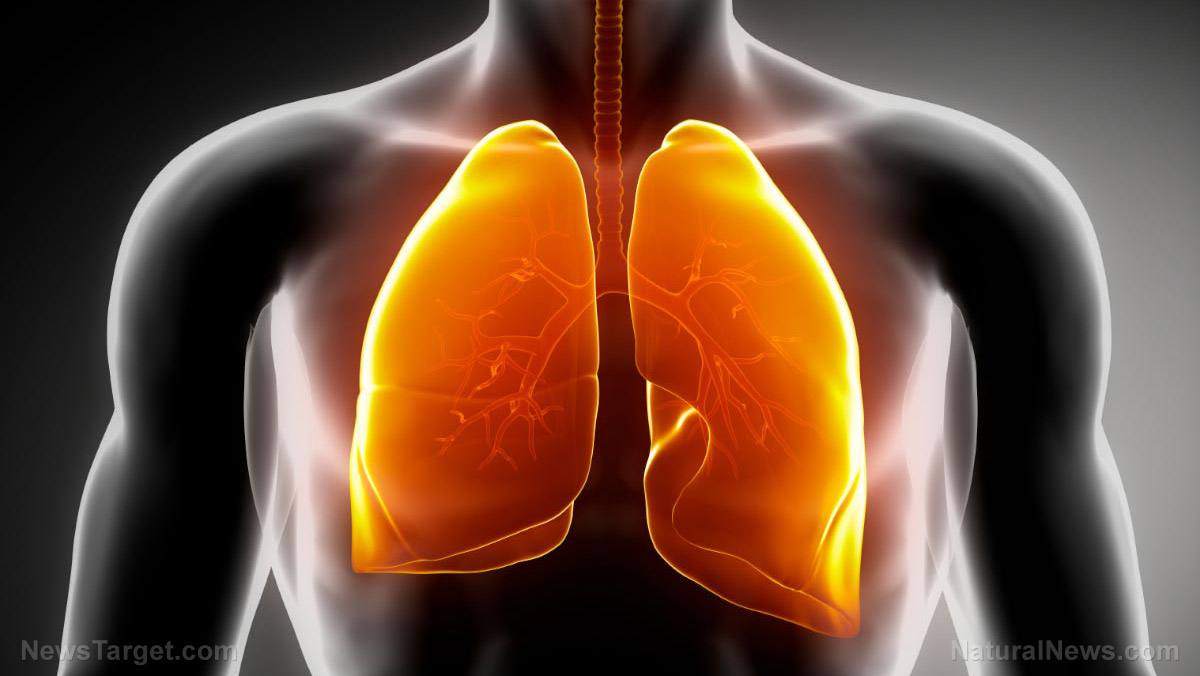Low blood count, poor muscle strength in the teen years could be early sign of ALS
09/29/2018 / By Ralph Flores

A person with low muscle strength and a low blood count during the latter part of his teenage years is more likely to have amyotrophic lateral sclerosis (ALS) later in life, according to researchers. The study, which was conducted by the Sahlgrenska Academy in Sweden was published in the Journal of Neurology.
“One should never overstate conclusions from a first-time study – the results need to be repeated – but we still must say that what we have found is noteworthy,” explained Maria Åberg, the study’s lead author, in an article that appeared on the website Science Daily.
For the study, the research team utilized enlistment data from the Swedish military from 1968 to 2005, which accounted for 1,819,817 men during the period. This was cross-referenced to records from the Swedish healthcare register and mortality register. During their enlistment, most men were 18 years old.
The data also included 526 men who developed ALS, which is known to affect people above the age of 50. Additionally, the likelihood of developing ALS was measured using the Cox proportional hazards models. It found out that factors such as physical fitness, erythrocyte sedimentation rate, or non-psychotic mental disorders were not linked to the development of ALS.
However, the current study indicated that the disease could be linked to people with a significantly lower body mass index (BMI) at an early age. However, the difference was too small – those who had ALS had an average BMI of 21.1, while the group had a total of 21.9.
What the researchers found was the link between ALS and people with low blood counts at the time of their enlistment, that is, a low proportion of oxygen-rich red blood cells. The team also discovered a correlation between muscle strength in the hands, arms, and legs at the time of enlistment and ALS.
“We found that low overall muscle strength in young men was associated with increased risk of ALS,” they concluded. “The previously reported prospective association with low BMI could in part be a reflection of low overall muscle mass.” Researchers also pointed out that additional factors could include obesity, diabetes, and cholesterol levels. They also believed that the findings build on unique evidence that will help determine the likelihood of developing ALS through understanding the links between overall muscle strength and erythrocyte volume fraction in young men.
Fast facts about ALS
ALS belongs to a group or rare neurological diseases that mainly affect the nerve cells that are used in controlling voluntary muscle movement. These include activities such as chewing, walking, and talking. The disease is known to be progressive, meaning that the symptoms get worse over time.
People who have early symptoms of ALS usually experience muscle weakness or stiffness. In time, all muscles that are under voluntary control are hit, and a person slowly loses their strength and the ability to speak, eat, move, and even breathe. (Related: ALS and Muscular Dystrophy associations recommend sugar to Lou Gehrig’s disease patients.)
A common cause of death from people with ALS is respiratory failure, which happens within three to five years after its onset. Currently, there is no cure for the condition, and no effective treatments have been found to reverse its progression.
To learn more scientific breakthroughs, head to Science.news today.
Sources include:
Tagged Under: ALS, amyotrophic lateral sclerosis, disease prevention, disease symptoms, Erythrocyte volume fraction, low blood count, medical science, Motor neuron disease, muscle health, muscle movements, muscle strength, neurodegenerative diseases, prevention



















